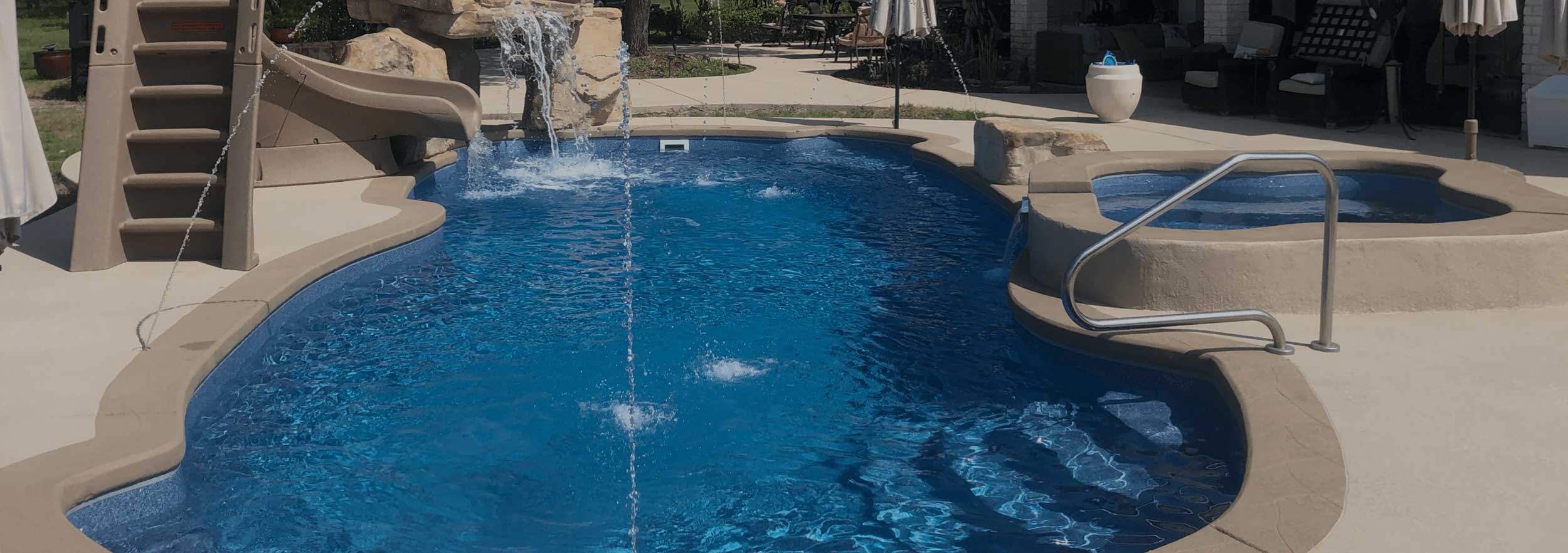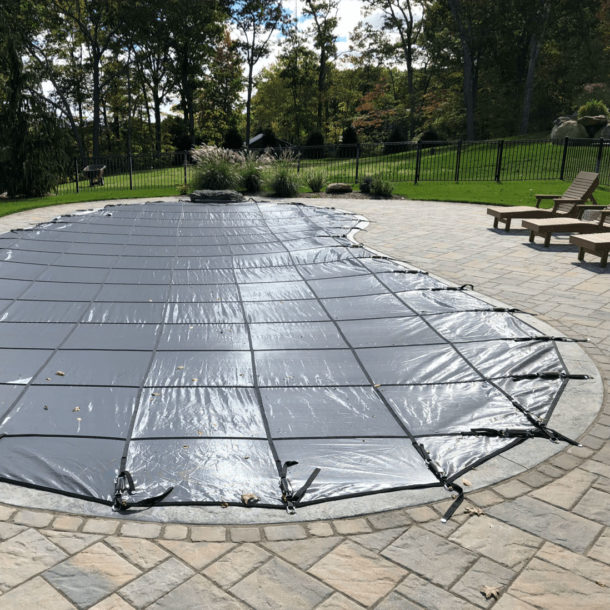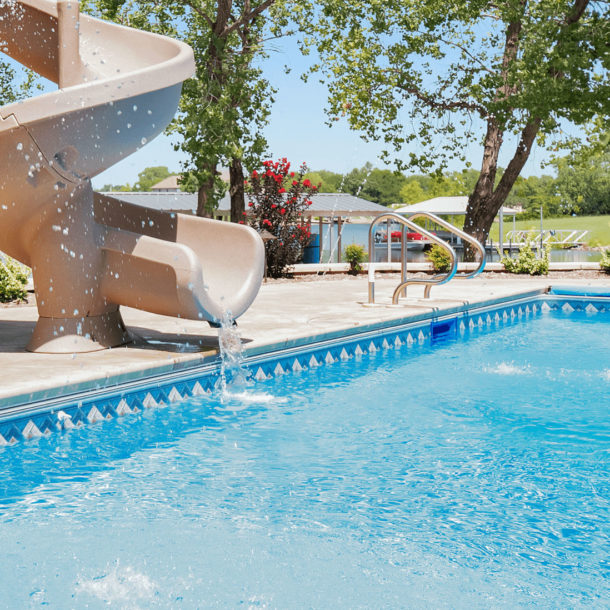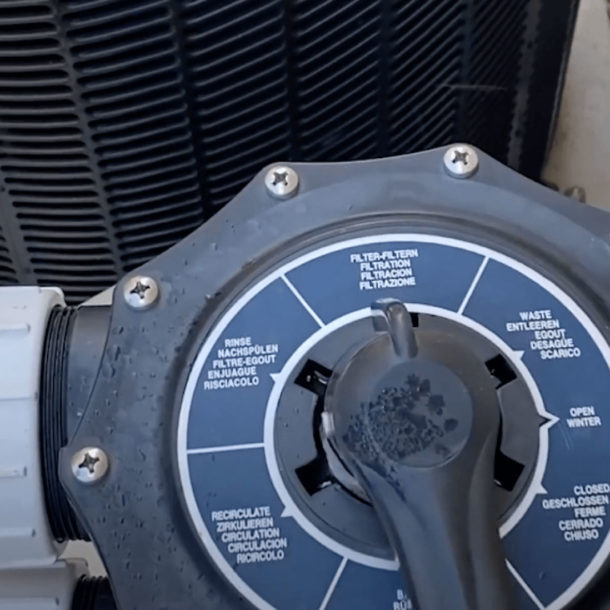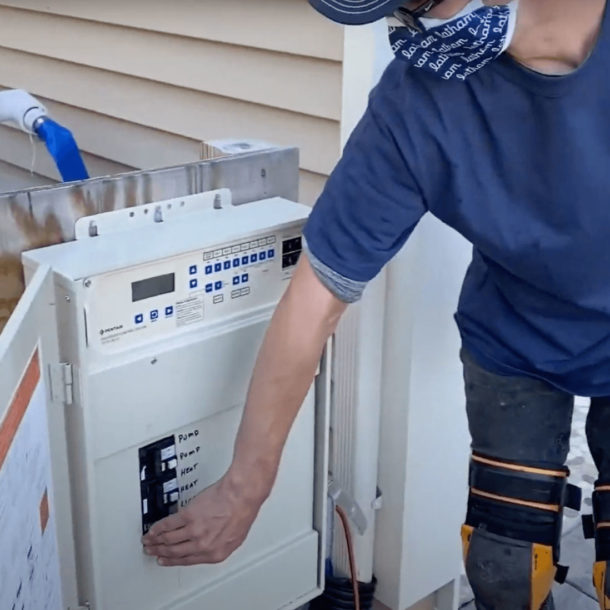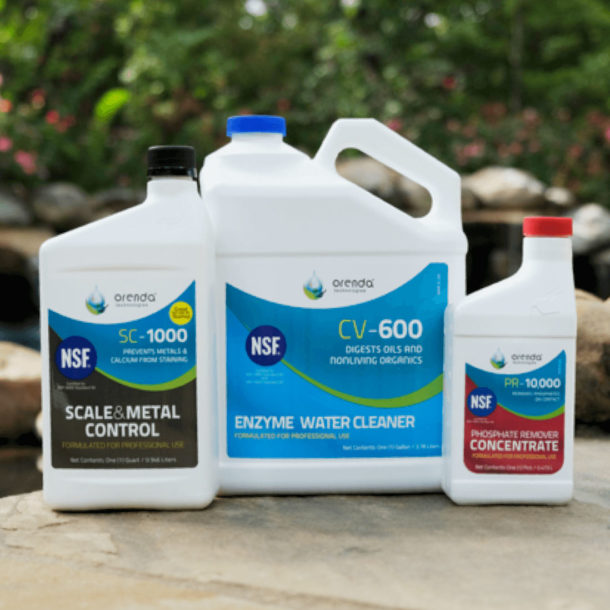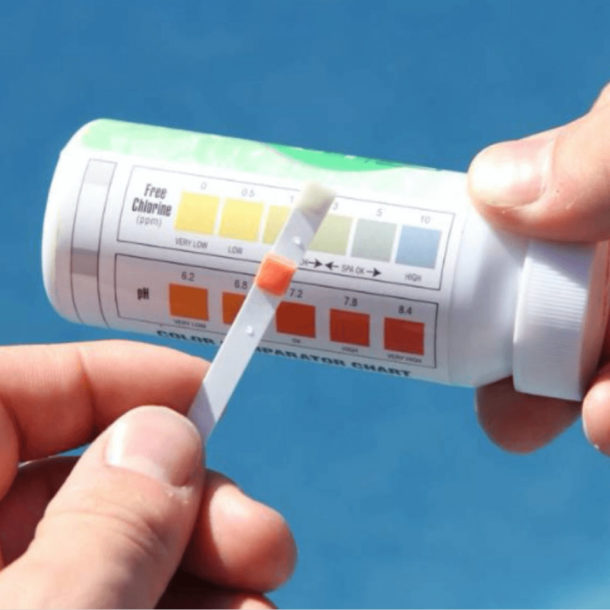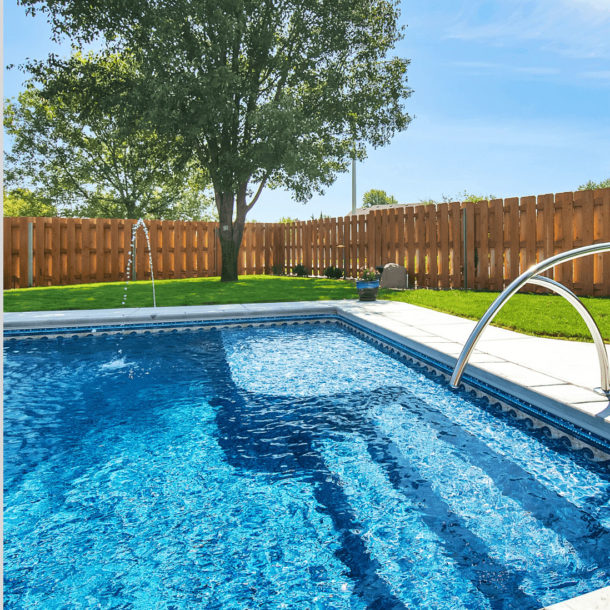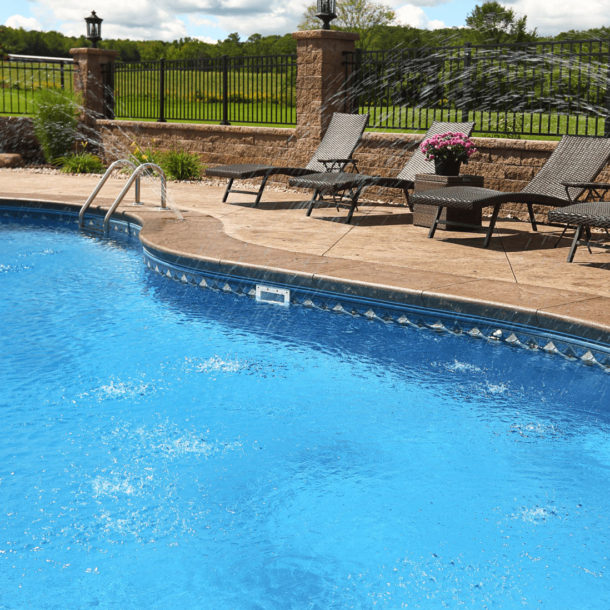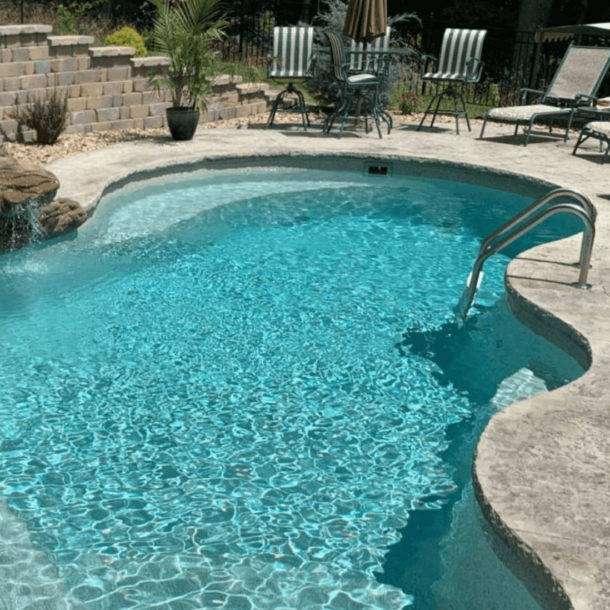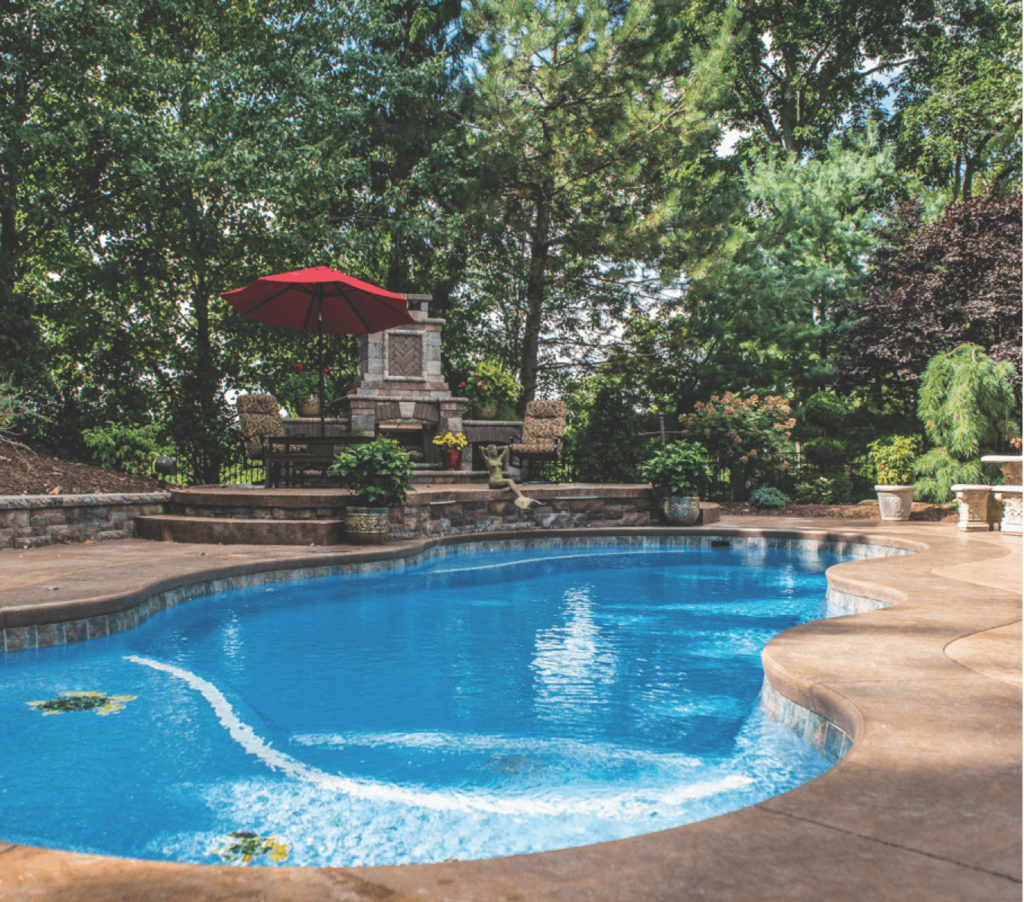Springtime heralds the dawn of greenery, sunshine and the promise of warmer temperatures. It’s also the perfect time to open your pool for the season. From the chemicals needed for pool startup to the best time to prep your pool for the season, learn everything you need to know about the pool-opening process.
While fiberglass and vinyl pools require significantly less maintenance than other pool types, it’s still important to make sure you are following the correct process to open your pool. We recommend working with a Latham professional to open your pool and to maintain your pool on an ongoing basis.
How to Open Your Pool
While opening your pool for spring isn’t terribly complicated, there are several steps you need to follow. Skipping any of them could increase the chance of imbalanced pool water and decrease the life of pool components. Be sure to follow each one carefully to ensure proper maintenance. If you are unsure or have any questions about the process, contact your local Latham pool dealer for help.
Learn More About Opening Your Pool
You should open your pool during any month before the water temperature reaches 70 degrees for most of the day. Algae can grow fast at these temperatures, so the sooner you shock your pool, the better.
Before you use any of these chemicals, be sure to shock your pool to burn off any organics that have accumulated during the winter. After 24 hours, bring a sample of your water to your local Latham professional.
You want to shock your pool and allow that to burn off before you use the chemicals below to treat your water.
- Algaecide: to get rid of the slimy stuff that turns your pool into a swamp
- Stain treatment: to combat any stains that have appeared over the winter
- pH increaser or decreaser
- Calcium hardness booster
- Alkalinity increaser
- Chlorine: in tablet or granular form to kill bacteria
- Shock treatment
- Test kit: to assess the calcium levels, alkalinity and pH
Learn more about pool chemicals in our water chemistry guide.
You’ll need to achieve breakpoint chlorination to effectively shock your pool at the beginning of the season.
Breakpoint chlorination is the point where enough free chlorine is added to break the molecular bonds.
Shocking kills all the microbes and bacteria that have built up during the winter. If you want to be extra thorough, double shock it and use two pounds of shock for every 10,000 gallons of water.
Too much shock can bleach your vinyl liner. The shock needs to be dissolved and added in slowly. If you need help, contact your Latham pool dealer.
How to Open an Inground Pool Checklist
Download our free maintenance resource to get expert tips and step-by-step instructions for opening your inground pool in the spring.
How Long Does it Take to Open a Pool?
The process to open a pool can vary based on many factors, but in the end, the first swim of spring season will be well worth it.
Pools with dirt and debris will require more vacuuming, and some pools may need several rounds of tweaks to balance their water, which means you’ll have to conduct more testing. If your pool water is fairly dirty, it can also slow down the process, as the chemicals will take longer to work.
Filters also influence the length of the process. Run your filter until you reach the desired level of water clarity. If you’re unsure about the water quality, contact a Latham pool professional for help.
How Long Does it Take a Pool to Clear Up After Opening?
This depends on where you start. First and foremost, if you closed your pool properly, you should be in pretty good shape. If you can see the bottom of the pool, you may only need to wait about 24 hours for the pool to clear. If you can’t see the first step, you may need to wait a little longer.
If you followed the steps above, your pool should be crystal clear within several days. But if your water still looks green, despite following directions, you may need to balance the water. You may also need to check that your filters are functioning properly. A malfunctioning filter can lead to hazy water.
After you’ve shocked your pool, run your pump for 24 hours and then test the chemical levels. The best way to do this is to bring a water sample to a pool professional. If everything looks good, set your filter cycle for as long as it would take to filter all the water in the pool. If the water is still cloudy, increase the cycle length.
Need Help Opening Your Pool?
Opening a pool is not a big feat, but it’s a rewarding one. It can be time-consuming if you’re new to the process. For support, call the experts at Latham for assistance.
Learn More About Pool Maintenance
Dive into an array of resources, tips and tricks to properly care for your vinyl liner pool or fiberglass pool.
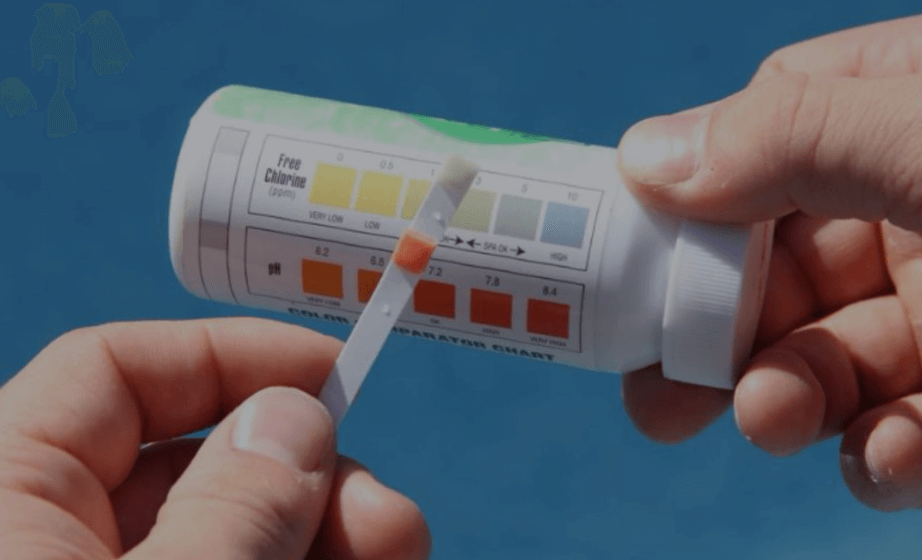
Methods For Testing Water Chemistry
Balancing your pool’s water chemistry is essential to keeping water clear, preventing damage and getting the most enjoyment out of your pool. Get tips for creating the right chemical environment for your pool.
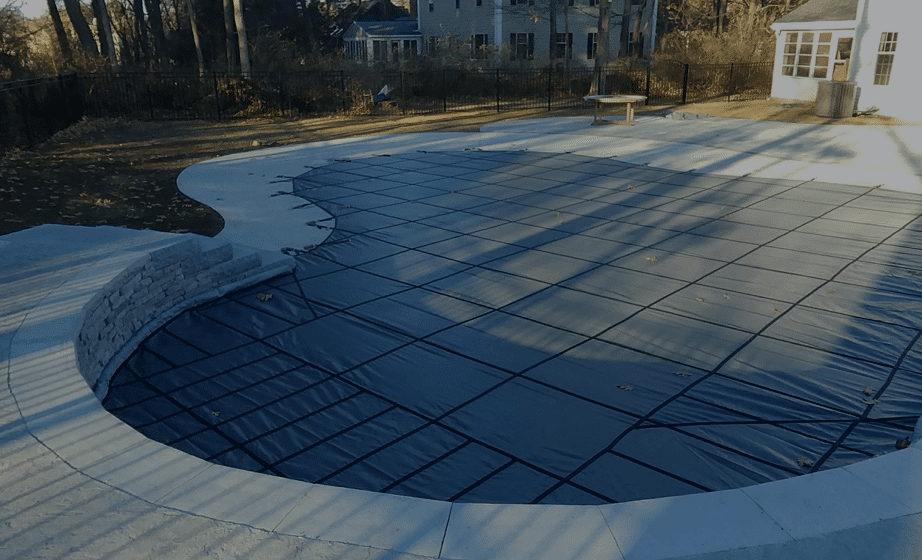
How to Winterize an Inground Pool
If you live in an area that experiences periods of freezing and thaw, there are necessary steps you should take to winterize your pool. Learn how to close your pool and protect your investment during winter months.
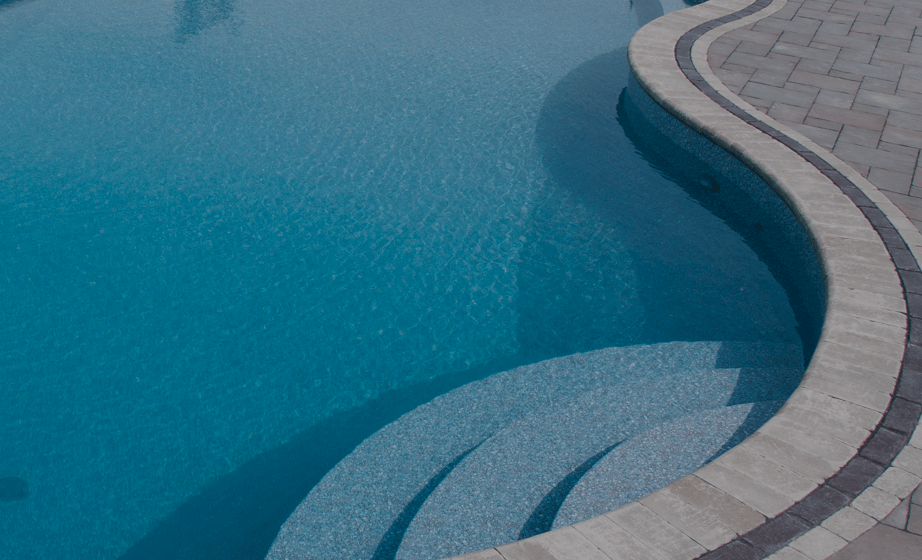
How to Shock Your Swimming Pool
Sanitizing your pool involves balancing chlorine and chemical levels to destroy bacteria and algae that can put a damper on your fun. Learn how to sanitize your chlorine or saltwater pool.
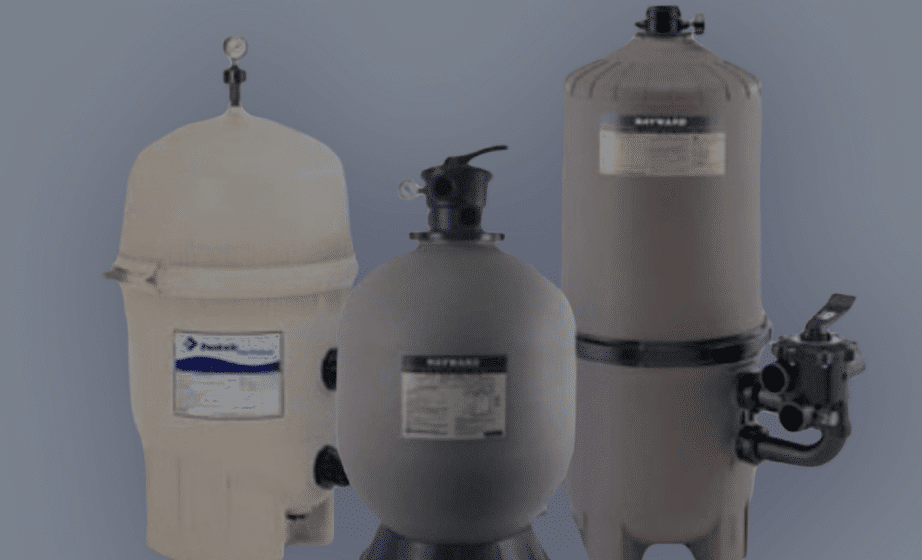
How to Clean Pool Filters
Your pool filters work hard so you don’t have to! However, while your pool filters work to trap dirt and debris, they still need a little TLC. Get tips to clean your pool filters.
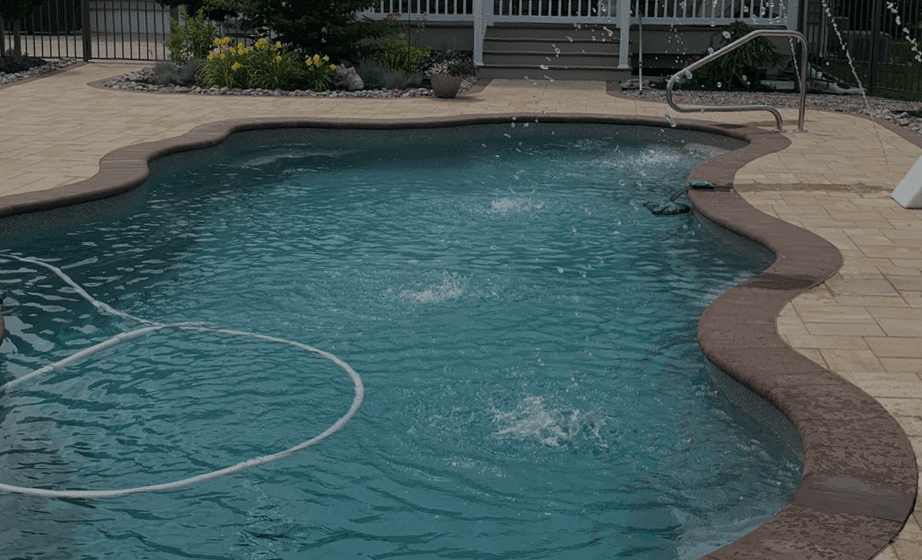
How to Clean an Inground Pool
From stain removal to using a pool vacuum, check out best practices for cleaning your inground pool and keeping it crystal clear!
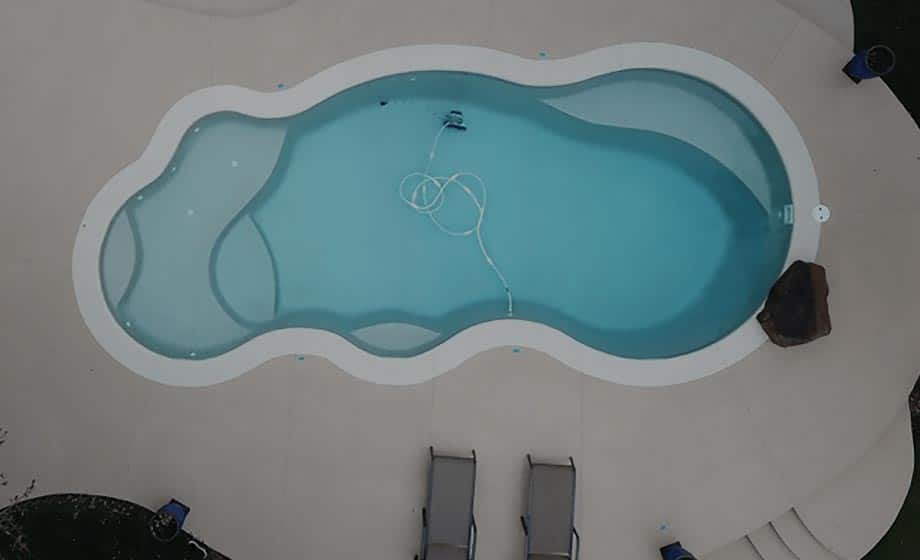
View All Maintenance Topics
If you’re new to pool maintenance, don’t worry! We’ve got you covered with resources that outline best practices for the basics of caring for your pool.

